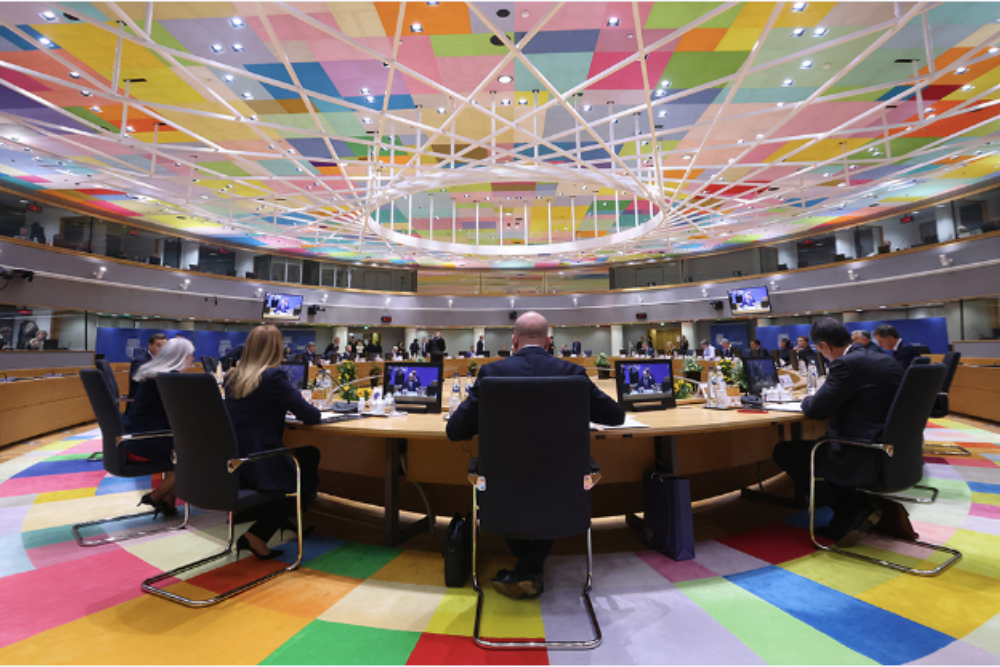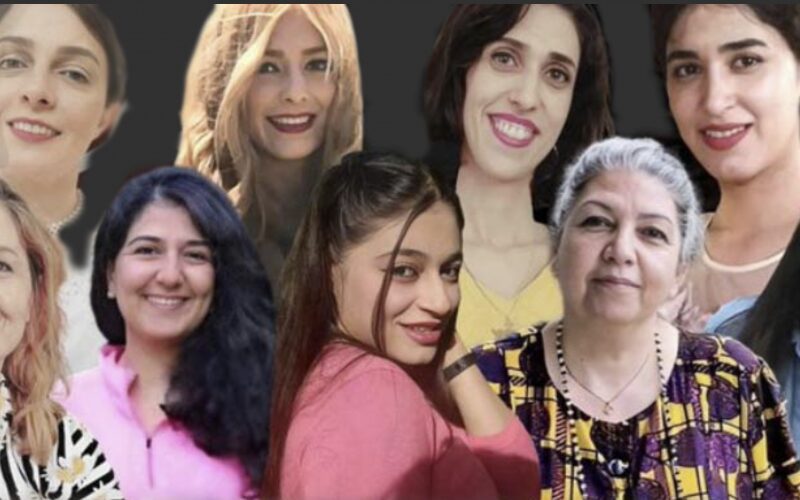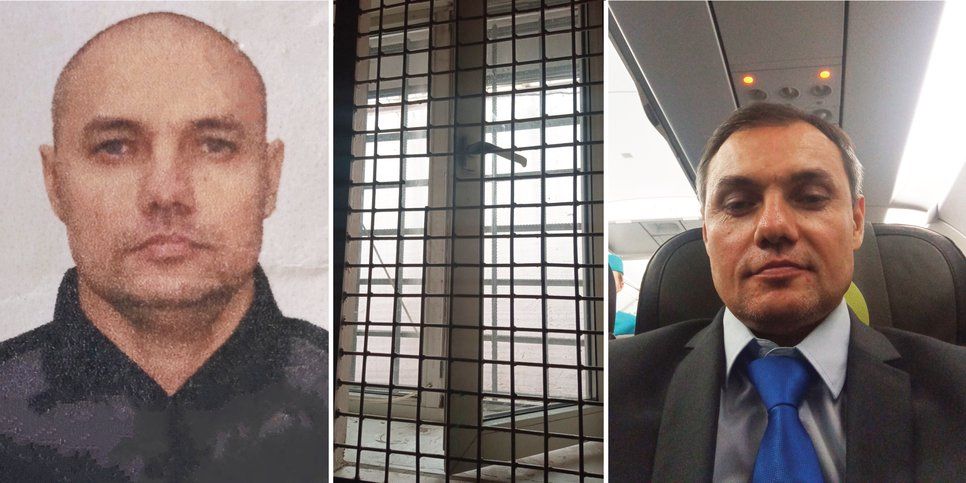Berlin [ENA] The EU wants to introduce a uniform European disability and parking permit and the current European parking permit for people with disabilities is to be strengthened. The Federal Council is currently blocking this project with a resolution that must now be discussed.
An EU severely disabled person’s ID card has been required for a long time, i.e. an EU uniform ID card that certifies a severe disability. The EU then started a pilot project many years ago, which has now been completed. The next step planned is the introduction of the EU severely disabled person’s card. The Commission proposal is currently being discussed by the European Parliament and the Council. If the proposal is adopted, Member States will have 18 months to transpose the provisions of the directive into national law.
The procedure is currently being blocked by Germany because the German Federal Council has opened a procedure to “open the procedure on the application of the principles of subsidiarity and proportionality”. In its resolution of October 20, 2023, the Federal Council stated that the EU severely disabled ID card and an EU-wide uniform parking permit were welcomed, but one of the demands on the Federal Government is the name of the EU severely disabled person’s ID card.
“The introduction of a new identification document offers the opportunity to choose a name with a positive connotation that goes beyond historically developed terms and that focuses on participation and inclusion. “European participation card” or “European inclusion card” could represent suitable alternatives,” it says the decision of the Federal Council. However, there are also critical things to be read in the decision.
The Federal Council obviously also sees the regulations planned with regard to mobility as problematic, i.e. allowing people with an EU severely disabled person’s card to use local public transport and asks “the area of special conditions based on legal regulations in the area of passenger transport services to be removed from the scope of application”. to delete.
The Federal Council explained the dangers of “national discrimination” in its decision. This means that the criteria of the individual EU states for recognizing a severely disabled person’s card are interpreted differently. This means that the term and definition of when a person is considered “disabled” is defined by each EU state for itself. With the EU severely disabled person’s card, it can mean that someone in the holiday country could receive benefits through the EU severely disabled person’s card in the country of residence, even though the criteria for recognizing the severe disability do not exist in the country of residence.
The Federal Council’s resolution also refers to additional burdens within the federal states and municipalities, as well as the additional implementation effort. Even if it is not clearly presented, the decision reads like a commitment to an EU severely disabled person’s permit and parking permit, but then follows a long breakdown of points that are supposed to speak against it.
Now it depends on how the federal ministries react, but one thing became clear from the Federal Council’s decision that one of the big factors is money and the need for additional staff. Points that are obviously often seen as an obstacle to social projects or the implementation and strengthening of the rights of disabled people. The UN Convention on the Rights of Persons with Disabilities is nothing new and the Union-led governments in particular had a great opportunity to create more legal foundations in order to be able to consistently implement the UN Convention on the Rights of Persons with Disabilities.
The fact that the term “severe disability” is interpreted differently also shows clearly that we have different social developments across Europe and that a clear agreement as to when a limitation exists has less to do with the individual’s feelings, but is based on different parameters are usually defined by those who have no limitations themselves, but believe that they can evaluate them.
There are further differentiations in the validity of the EU severely disabled person’s card, as it is only intended for short stays in another EU country, which in turn is defined as 3 months. However, this time limit contradicts other regulations. In Spain, for example, short vacations of up to 179 days are possible. Statement from B90 / Katrin Langensiepen: https://bit.ly/EU-Schwerbehindertenkarten












